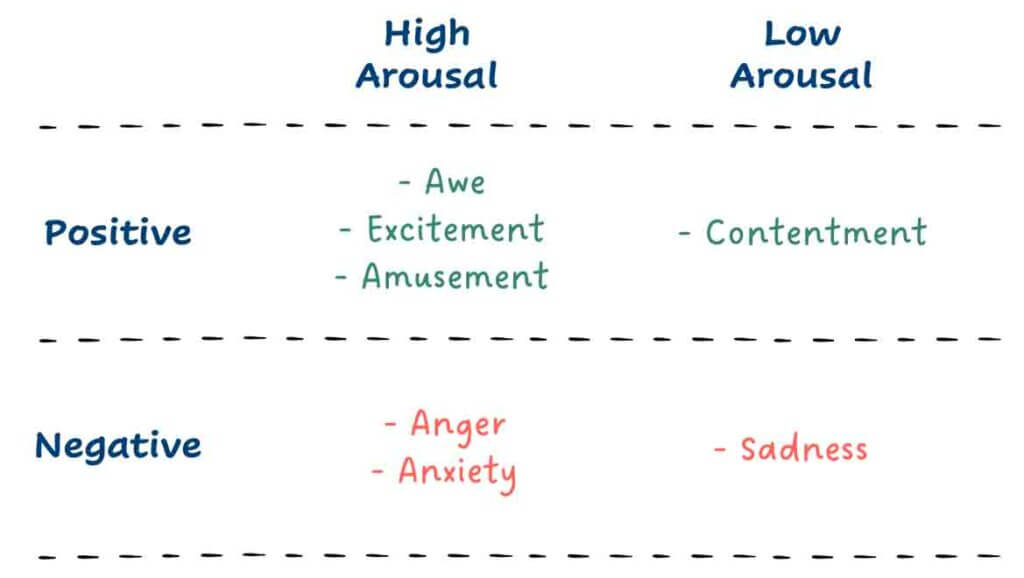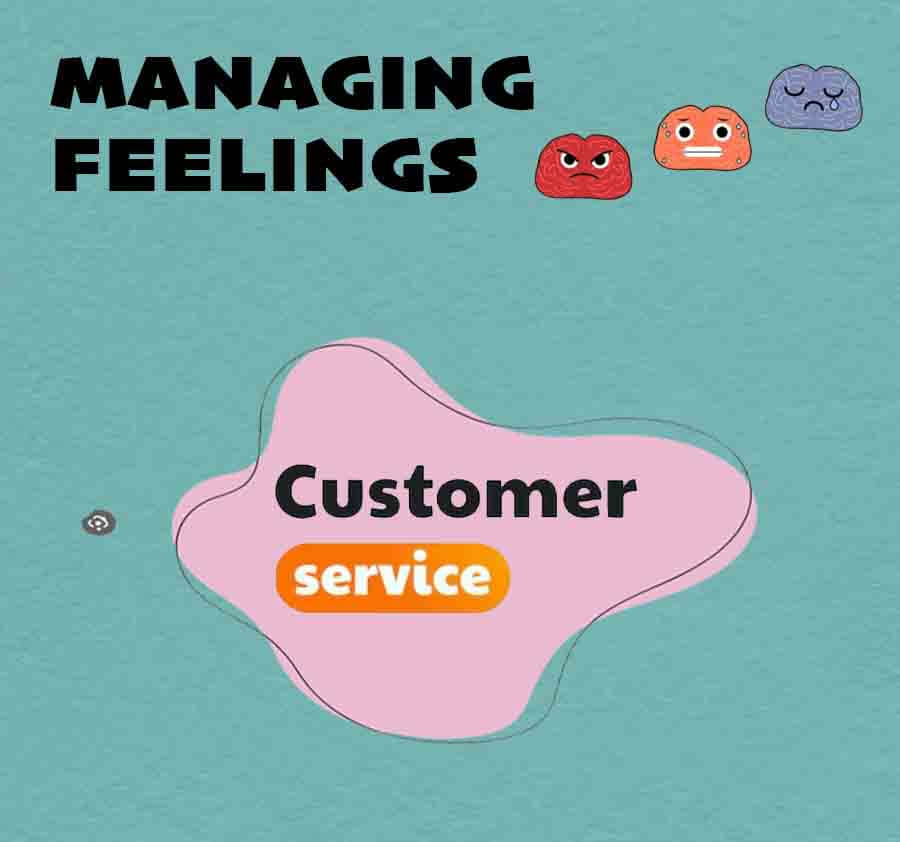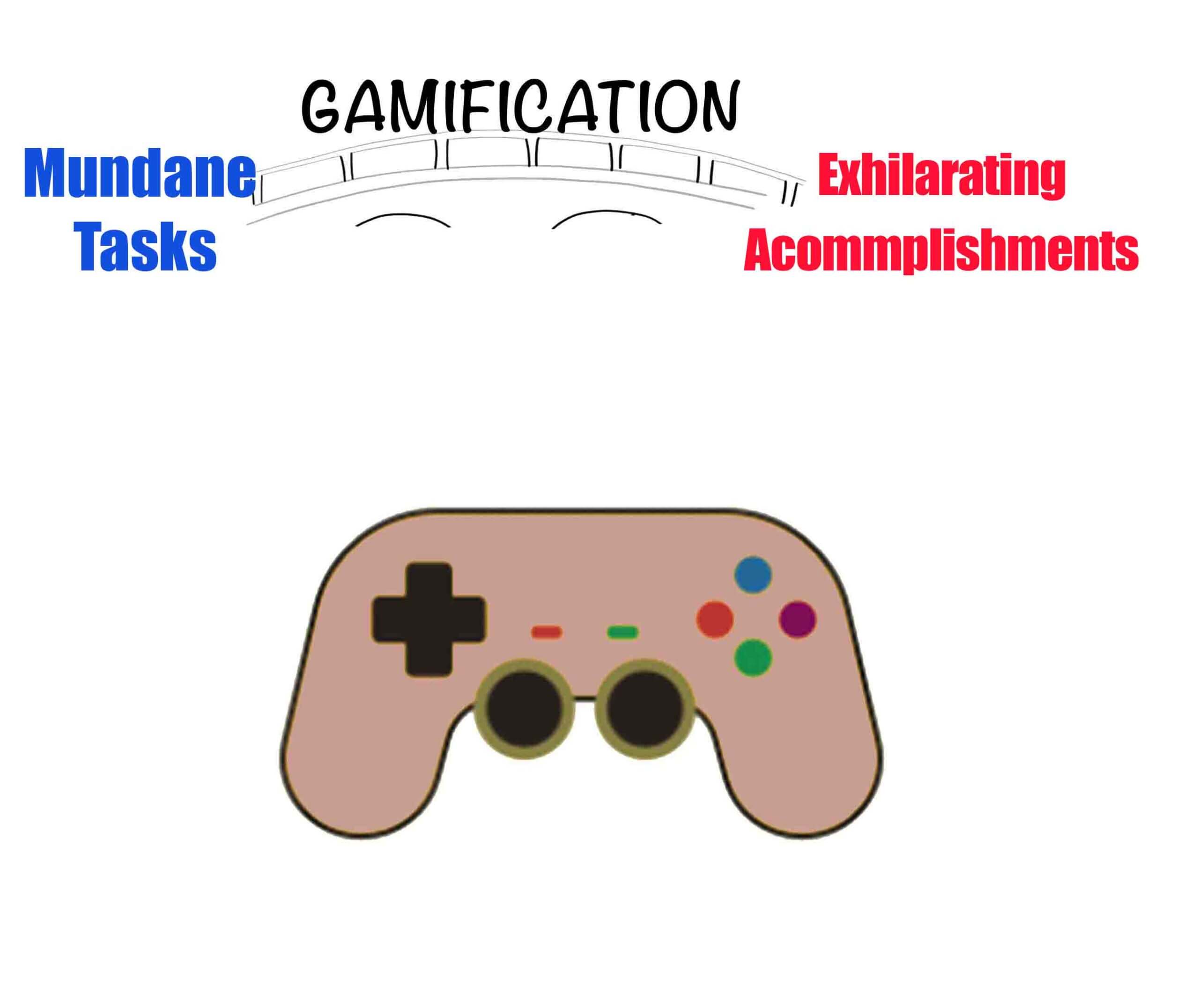What makes certain products or ideas or behaviors so popular? Why do we talk about them so often? And what makes online content go viral? We share individual pieces of content for all types of reasons, but why do we share certain things with others?
Yellow Livestrong wristbands, Hotmail email, Low-fat diets, etc.
These are all examples of social epidemics, where products, ideas, behaviors diffuse through the population. They start with a small set of individuals and spread often from person to person, almost like a virus. Why do they succeed?
Word-of-mouth (WOM).
We love to share stories, news, and information with those around us. We tell our friends about great vacation destinations, chat with them about good deals, etc. We write online reviews about movies and share the word on social media. WOM has a significant impact on what we think, read, buy, and do.
Although quality, price & advertising contribute to products and ideas being successful, but why WOM is more effective (vs ads) ?
- WOM is more persuasive. Advertisements usually tell us how great a product is. But ads will always argue that their products are the best, they are not really credible. WOM, coupled with its candidness, makes us much more likely to trust, listen to, and believe our friends.
- WOM is more targeted. Advertisements try to reach the largest number of interested customers. And this can still end up wasting money. WOM is naturally directed toward an interested audience.
According to psychological theory, content that feels novel or fills information gaps, or content that touches the right emotions can latch onto a viral effect. Wharton marketing professor Jonah Berger has spent a decade answering these questions. In his book “Contagious – Why Things Catch On”, Berger reveals the secret science behind social transmission – he emphasized six basic principles that drive all sorts of things to become contagious – from consumer products and policy initiatives to workplace rumors and YouTube videos.
Let’s understand the psychology of sharing – why some things get talked about and shared more than others. What are the key ingredients and what is the basic insight behind each ingredient? And how can we act on those insights?
1) We share things that make us look good (Social currency):
Research shows that most of the time, people talk about it their personal experiences, attitudes, or relationships – “me” focused. Why? It’s more than just vanity, we’re actually wired to find it pleasurable. People share things that make them seem entertaining rather boring, clever than dumb, and cool rather than dull.
Insight: The desire for social approval is a fundamental human motivation. WOM is a prime tool for making a good impression. Think of it as a kind of currency – social currency. Just as people use money to buy products or services, they use social currency to achieve desired positive impressions.
Action: To get people talking, we need to mind social currency. Give people a way to make themselves look good while promoting our products or ideas along the way. There are 3 ways to do it
a) Find inner remarkability – Remarkable things are defined as unusual, extraordinary, or worthy of notice/attention. Something can be remarkable because it is novel, surprising, extreme, or interesting. Most important aspect – they are worthy of remark, worthy of mention. Remarkable things provide social currency because they make people more remarkable.
How to find inner remarkability: Make itnovel, surprising, extreme, or interesting. One way to generate the surprise is by breaking a pattern people have come to expect. Take low-cost airlines with large comfortable seats, a variety of free snack choices, and a free entertainment system.
b) Leverage game mechanics – People don’t care about how they are doing, they care about their performance in relation to others. Game mechanics leverage social currency because doing well makes us look good. People love boasting about the things they’ve accomplished. Take hotel and airline rewards programs – people will go out of their way to achieve status and to fly with their preferred airline, moreover they love telling others that they are a <airline club> member and what their experience is as a member.
c) Make people feel like insiders – Access by invitation only. Going to a membership-only model makes the site’s members feel like insiders. Scarcity and exclusivity drive desirability. Scarcity – how much of something is offered. Exclusivity – all about availability & accessibility.
The key to being successful across all of these factors is to build intrinsic motivation within people. If something is truly successful, people will want to talk about or buy into your product or service if it means they will gain value from the product or experience, as well as look good to others.
2) Top of mind, tip of tongue (Trigger):
There are two types of WOM:
- Immediate WOM – occurs when you pass on the details of a product, service, or message soon after first experiencing it.
- Ongoing WOM – covers the conversations that take place in the weeks and months that follow.
Interesting experiences tend to receive more immediate word of mouth, but they don’t necessarily sustain high levels over time. This is where triggers become so valuable. Triggers are stimuli that prompt people to think about related things at any given moment.
Insight: Triggers and cues lead people to talk, choose and use. Social currency gets people talking, but triggers keepthem talking. Top of mind means tip of tongue – little environmental reminders for related concepts and ideas.
Action: So rather than just going for a catchy message, consider the context. Think about whether the message will be triggered by the everyday environments of the target audience.
3) When we care, we share (Emotions):
Humans are social animals. We connect by sharing emotions. Sharing emotions is like social glue, maintaining and strengthening relationships. How do emotions drive people to generate WOM?
Insight: Emotions cause the state of readiness for action i.e. physical arousal.
What is Arousal: Depending on how people are aroused, they act accordingly. Every sense is heightened and muscles are tensed and they get alert to every sound, smell & movement. This is arousal.
Following are the state of arousal as per certain emotions.

Some emotions, like anger & anxiety, are high arousal, have opposite effects – they stifle action.
Action: Use the “three whys” method to find the emotional core of any idea. Write down why you think people are interested in your message and then ask “Why is this important?” three times. Each time you do this, note your answer and drill down further and further until you uncover the core emotion behind it.
4) Built to show, built to grow (Public):
Have you heard of this “Monkey see, monkey do”? People imitate what others are doing. Thus a key factor in driving products to catch on is Public visibility. If something is built to show, it’s built to grow. Let’s try to fathom this with an example:
_____________________________
Example: Apple logo on PowerBook G4:
The laptop was a marvel of technology and design. Its titanium body was revolutionary & it would be one of the thinnest laptops ever. Earlier, Apple put the logo in such a way that it looked right to the owner of the laptop. It faced the user when the computer was closed so that the user could easily orient the laptop when he set it down. But the problem came when a person opened the laptop – the logo would flip. To everyone around them, the logo would be upside down. Steve Jobs was big believer in branding, and seeing all the upside-down logo wasn’t a great feeling. So Jobs asked his team a question – which is more important – to have a logo look right to customers before they opened their PowerBooks, or to make it look right to the rest of the world when the laptop was in use?

And they flipped the logo. The reason?
Observability.
Jobs realized that seeing others do something makes people more likely to do it themselves. The key word here is “seeing”. If it’s hard to see what others are doing, it’s hard to imitate it.
________________________
Insight: Because behavior is public and thoughts are private.
Observability has a huge impact on whether products and ideas catch on. Say a clothing company introduces a new shirt style. If you see someone wearing it and decide you like it, you can go buy the same shirt. But this is much less likely to happen with socks. Why? Shirts are public but socks are private. The same goes with toothpaste vs cars.
Action: Look for ways to generate public signals for private choices, actions, and opinions that relate to your products or ideas. Can your product advertise itself by being used in public? Do customers have any way to demonstrate their support even when not using the product? Is it easy for people to see how much support exists for a behavior, message, or idea that you want to spread?
Two key components to making something public:
1) Self-advertising: product or idea that transmits social proof or passive approval because usage is observed (i.e. logos on shirts, the message at the end of an email sent on iPhone- “Sent from my iPhone” etc.).
______________________
Example: Hotmail Advertising itself:
1996- Sabeer bhatia & Jack Smith introduced a new email service called Hotmail. At the time, most people got their email through Internet service providers like AOL. They’d pay a monthly fee, dial-up from home using a phone line, and access their messages through the AOL interface. It was restricting them.
Problem: They could connect only from the place where they had the service installed. They were chained to one computer.

Early adopters were talking about it because it gave them social currency. But the creators of Hotmail did more than just create a great product. They cleverly leveraged observability to help their product to catch on. Every email sent from a Hotmail account was like a short plug for a growing brand. At the bottom was the message and link that simply said
“Get Your Private, Free Email from Hotmail at www.hotmail.com”
Every time current Hotmail customers sent an email, they also sent prospective customers a bit of social proof -an implicit endorsement for this previously unknown service. And it worked. In a little over a year, Hotmail signed up more than 8.5mn subscribers. Apple and Blackberry have adopted the same strategy. The signature lines at the bottom of their emails often say “Sent using Blackberry” or “Sent from my iPhone”
_______________________
2) Behavioral residue: remnants that a product, idea, or story leaves behind after use or purchase. For example, “I voted” stickers after voting make the private act less private and reminds others to vote too. Or, Livestrong yellow wristbands provide the public a glimpse of what the individual believes or likes.
______________
Example: Livestrong Wristbands as behavorial Residue Advertising itself:
2003, Lance Armstrong was a hot commodity. As his sponsor at Nike, Scott MacEachern was trying to figure out the best way to harness all the attention Lance was getting. Lance had a powerful story. Diagnosed with life-threatening testicular cancer seven years earlier, Lance surprised everyone not only by returning to cycling but by coming back stronger than ever. Since his return, he had won the Tour de France an astounding five times in a row and inspired millions of people along the way. From 15-year-olds dealing with cancer to college students trying to stay in shape, Lance helped people to believe.
MacEachern wanted to capitalize on this enthusiasm. Lance had transcended sports. He had become a cultural icon. MacEachern wanted to
a) recognize an attempt at a record sixth Tour de France victory.
b) use the outpouring of interest and support to raise funds & awareness for the Lance Armstrong Foundation.
He developed 2 ideas:
1st idea: Bike ride across America.
People would set a mileage goal for themselves and get friends/family members to sponsor their ride. It would get more people to exercise, boost interest in cycling, and raise money for the lance armstrong foundation.
2nd idea: Wristband. Yellow wristbands.
Yellow was chosen because it is the colour of the race leader’s jersey in the Tour de France. It’s also not associated with either gender, making it easy for both men and women to wear. From an observability point of view – yellow is a colour people almost never see. This public visibility helped make the product a huge success.

The nice thing about a wristband is that it lives on. The bike ride doesn’t. Unless it goes on every year, it doesn’t live on as a reminder every day of this sort of stuff. But the wristband does.
__________________
5) News you can use (Practical value):
“Sharing is caring” – People like to share practical or useful information. It lets their friends see that they care, makes them feel helpful, and causes everyone to feel more connected.
Where Social Currency is primarily about making the sender look good, Practical Value is more about helping recipients.
Insight: The way people actually make decisions are not always rational or optimal. Instead, they are based on psychological principles of how people perceive and process information.
____________
Example:
Promotional deals are one example of practical value. They are more likely to be shared when they highlight incredible value, seem surprising or surpass expectations, and are restricted or limited in availability. The way people actually make decisions here often violates standard economic assumptions about how they should make decisions. As per Daniel Kahneman’s Prospect theory – people don’t evaluate things in absolute terms. They evaluate them relative to a comparison standard, or ‘reference point’. Whether that seems like a fair price or not, depends on your expectations.
______________
Action: Highlighting the incredible value – value that surpasses the people’s expectations, value that is actually helpful in making people’s life easy. People like to help one another. We go out of our way to give advice or send information that will make them better off. It’s also about altruism, the inherent goodness of people. We care about others and we want to make their lives better. We need to make it clear why our product or idea is so useful that people just have to spread the word – news you can use.
6) Information travels under the guise of idle chatter (Stories):
Insight: People don’t think in terms of information
They think in terms of narratives, because narratives are more engrossing than facts alone. It has a beginning, middle, and end. If people get sucked in early, they’ll stay for the conclusion. And, while people focus on the story, information comes along for the ride.
Action: Embed your products and ideas into stories that people want to tell… by making your message so integral to the narrative that people can’t tell the story without it.
References:
“Contagious – Why Things Catch On”, by Jonah Berger
businessinsider.com/heres-why-some-things-go-viral-on-the-internet-2018-2


 Swipe for more stories
Swipe for more stories
Comments